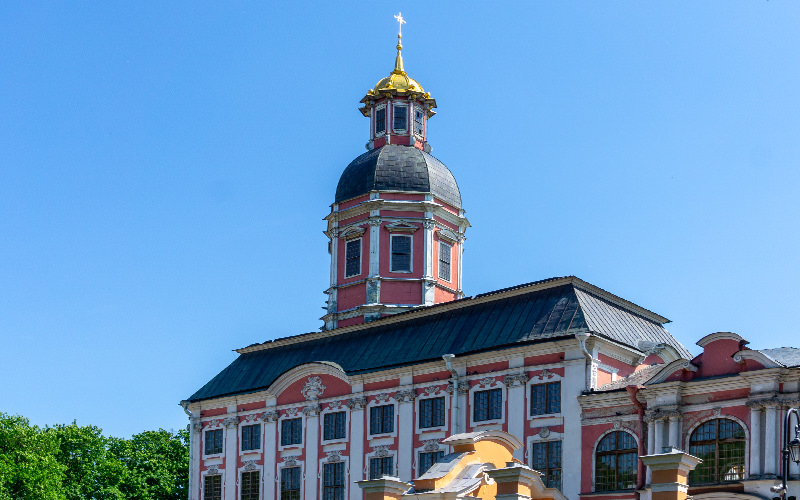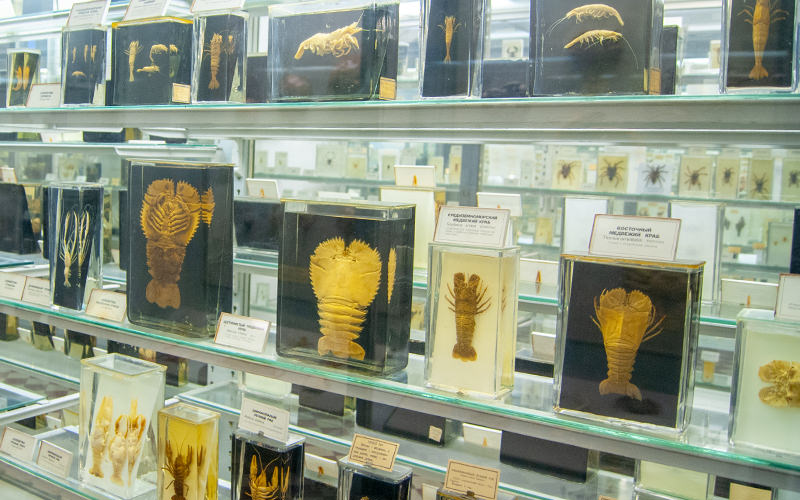In Saint Petersburg, many apartment buildings have stories linked to notable residents. Today, I continue my narrative about the Benois House, one of which was occupied by Sergei Mironovich Kirov. The building, constructed between 1911 and 1914, was intended for wealthy Petersburgers. After the revolution, many apartments became communal, while some were allocated to the party elite.
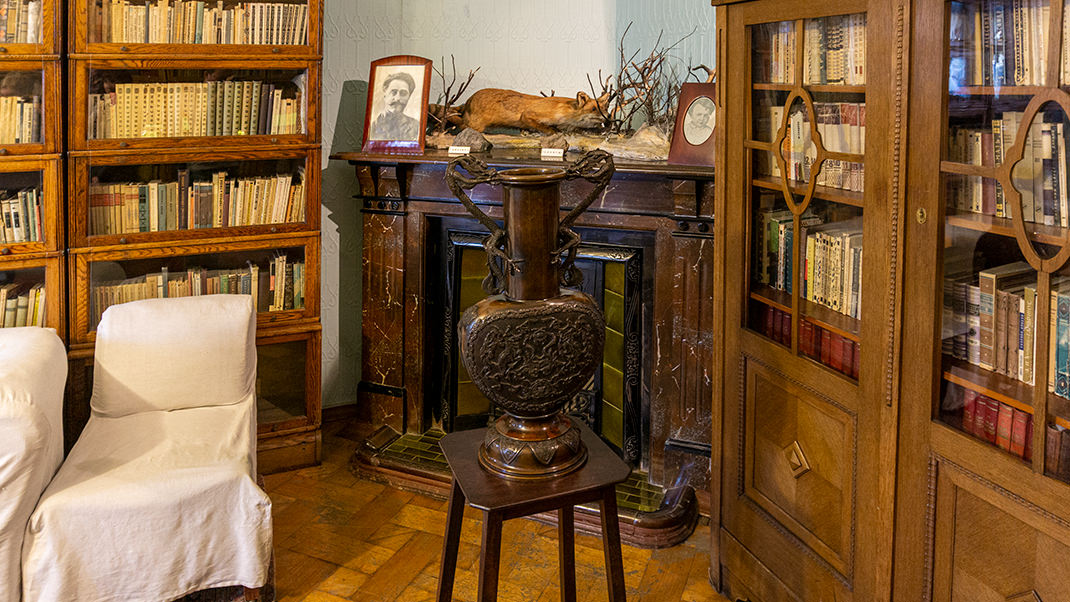
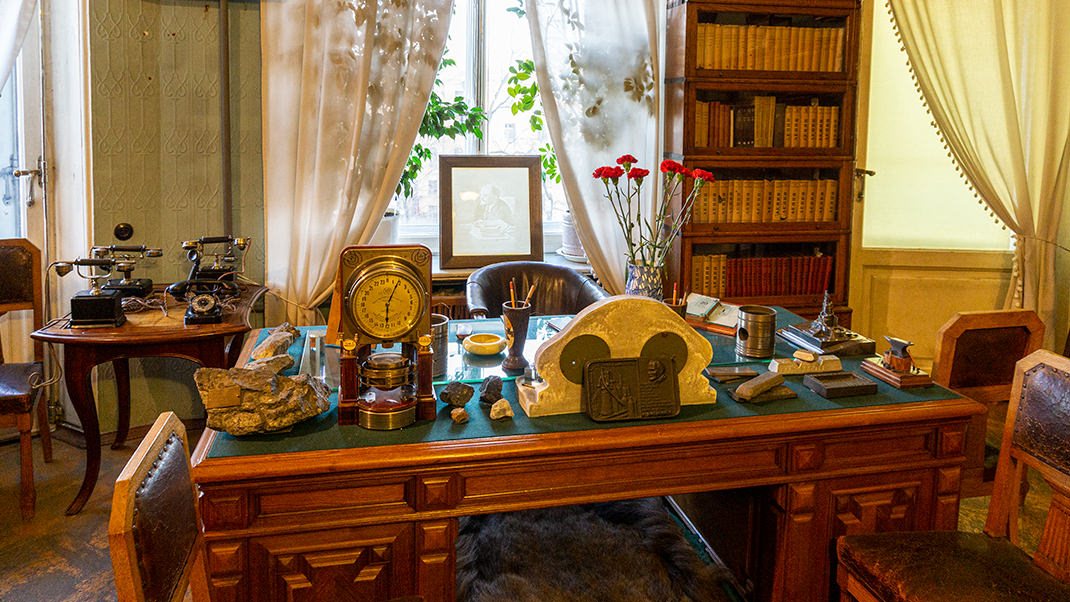
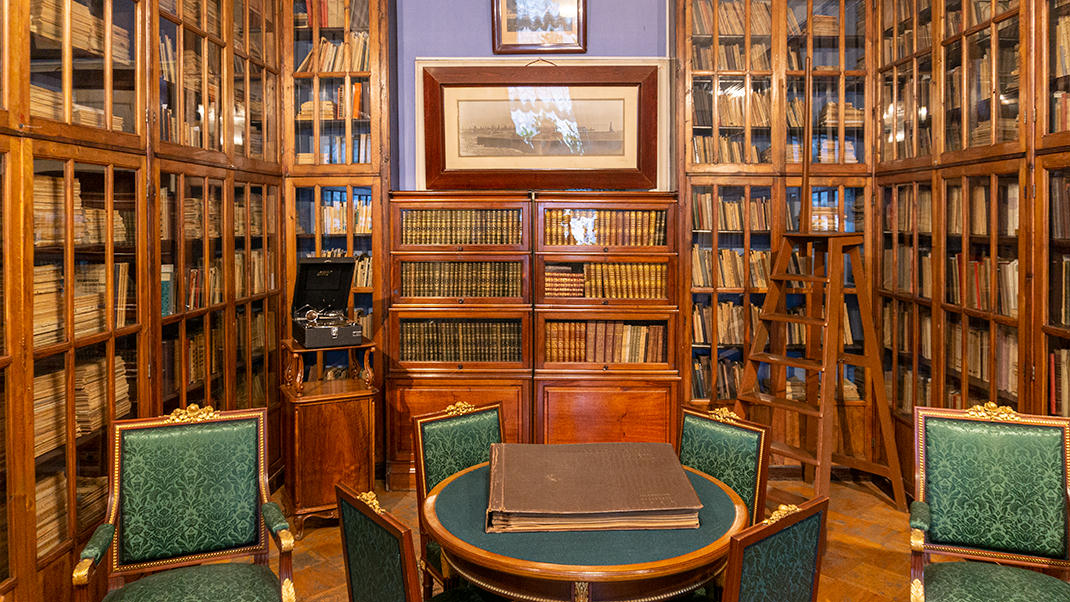
How to Get There
The museum's address is Kamenny Ostrov Prospect, 26-28. It can be reached on foot from the "Petrogradskaya" and "Gorkovskaya" metro stations. The exhibition is open every day except Wednesday. The cost of an adult entrance ticket without a tour is 200 rubles (winter 2019).
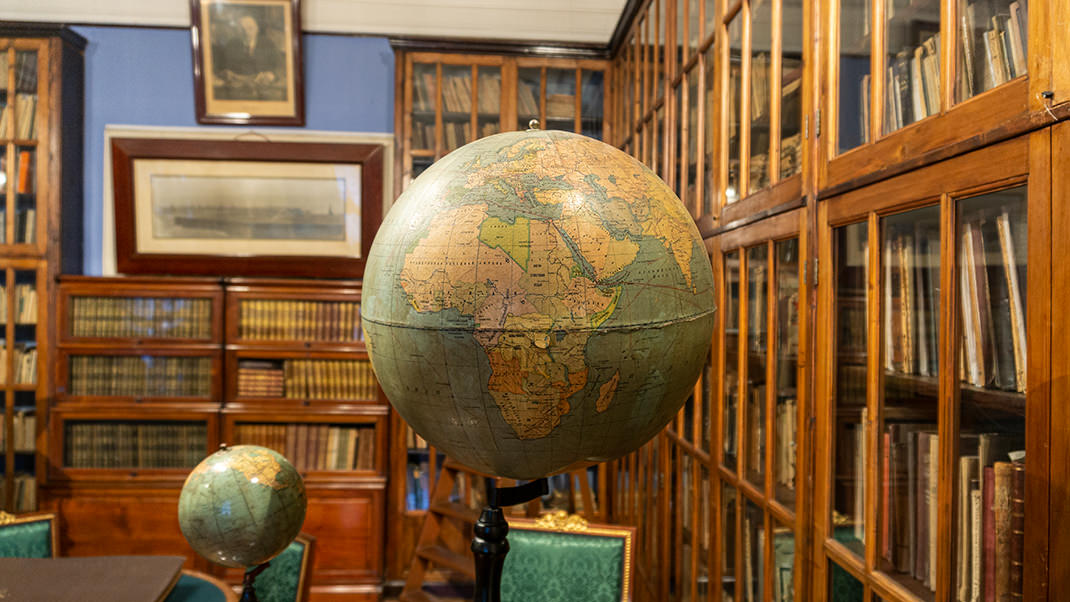
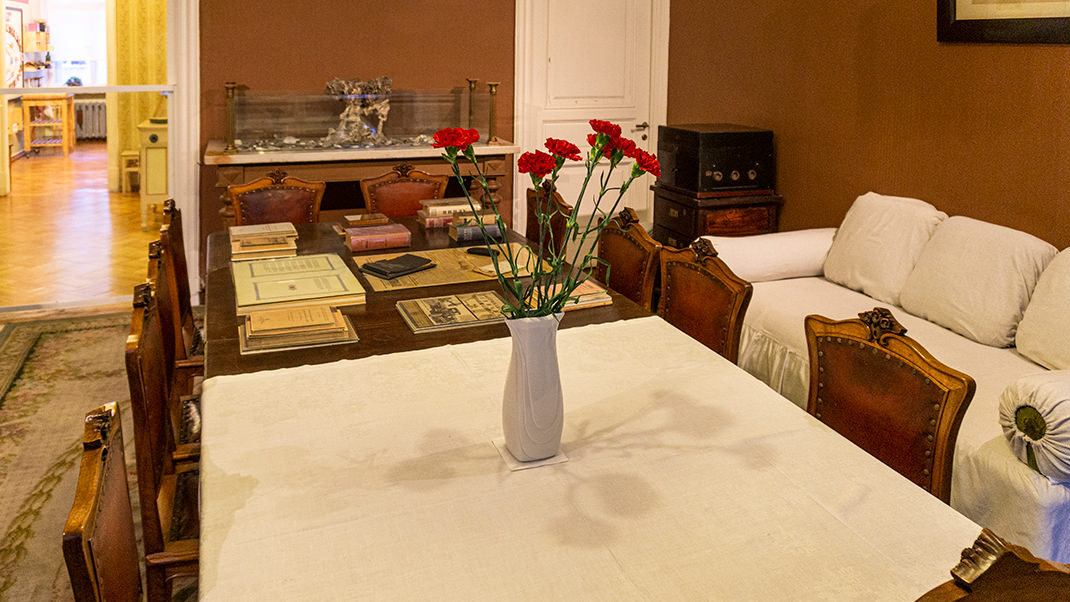
A Bit of History
Kirov, a close associate of Stalin, moved into service apartment No. 20 at 26/28 Red Dawn Street (now Kamenny Ostrov Prospect) in October 1926. At that time, he held the position of first secretary of the Leningrad regional committee of the All-Union Communist Party (Bolsheviks). Although the apartment was state-owned, it was quite comfortable. Kirov lived there until his death, occupying all five rooms with his wife Maria Lvovna Markus.
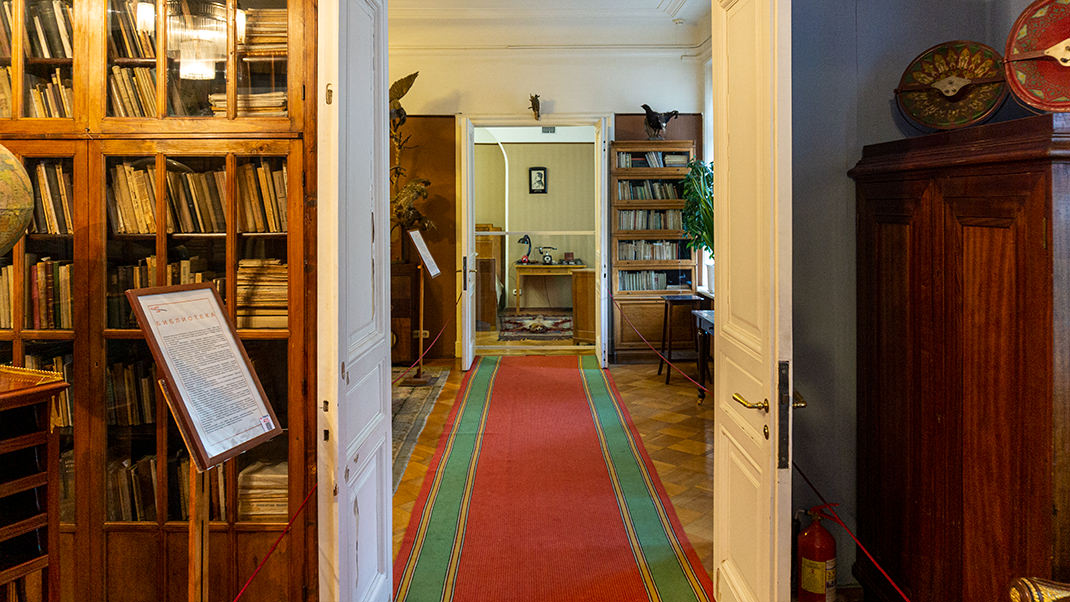
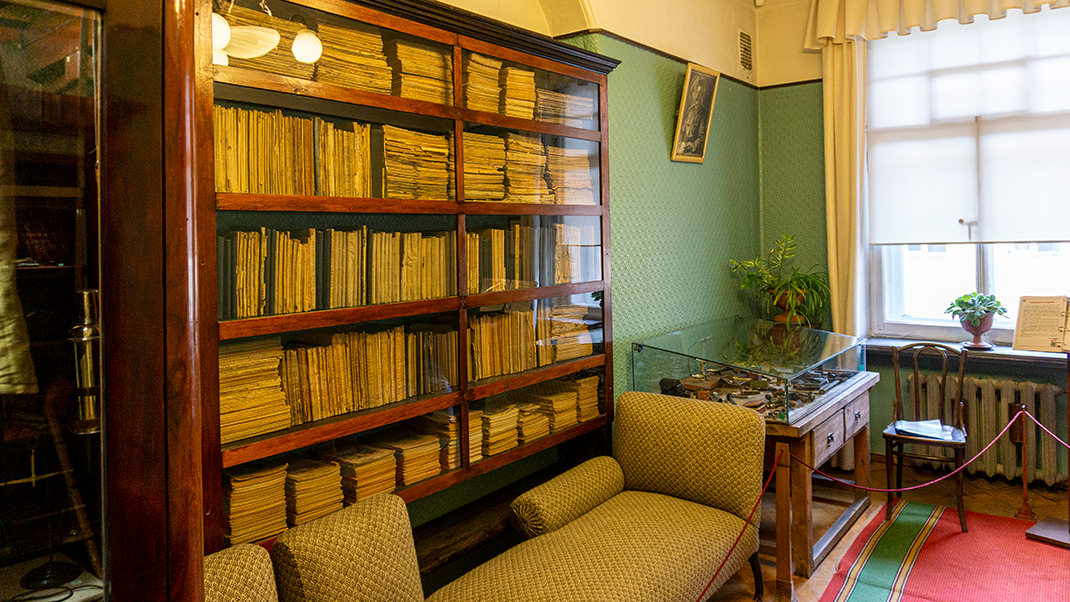
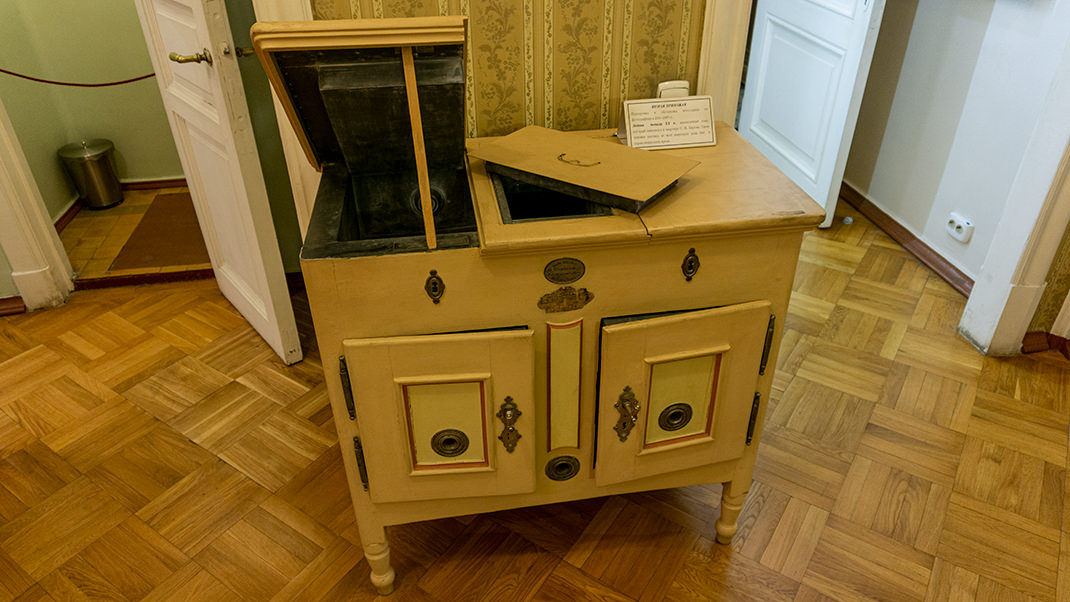
Kirov's life was tragically cut short on December 1, 1934, when he was shot in Smolny by L. V. Nikolaev. The investigation revealed that the murder was of a criminal nature rather than political. Kirov's death sparked widespread public outcry. Streets in many cities were later named in his honor, and sculptors, artists, and poets immortalized his memory. An urn containing Kirov's ashes is placed in the Kremlin wall.
Visiting the Museum
The museum in Kirov's apartment opened in 1955. It now occupies the 4th and 5th floors. The exhibition consists of the memorial apartment and several exhibition halls. Kirov and his wife lived in a spacious five-room apartment, featuring a study, library, dining room, and a small relaxation room. The original furnishings are preserved in these rooms. Notably, the bedroom, hallways, bathroom, and kitchen were restored in the 2000s. Before that, these areas housed museum storage, as it was deemed inappropriate to display the private lives of prominent party figures during the Soviet era.
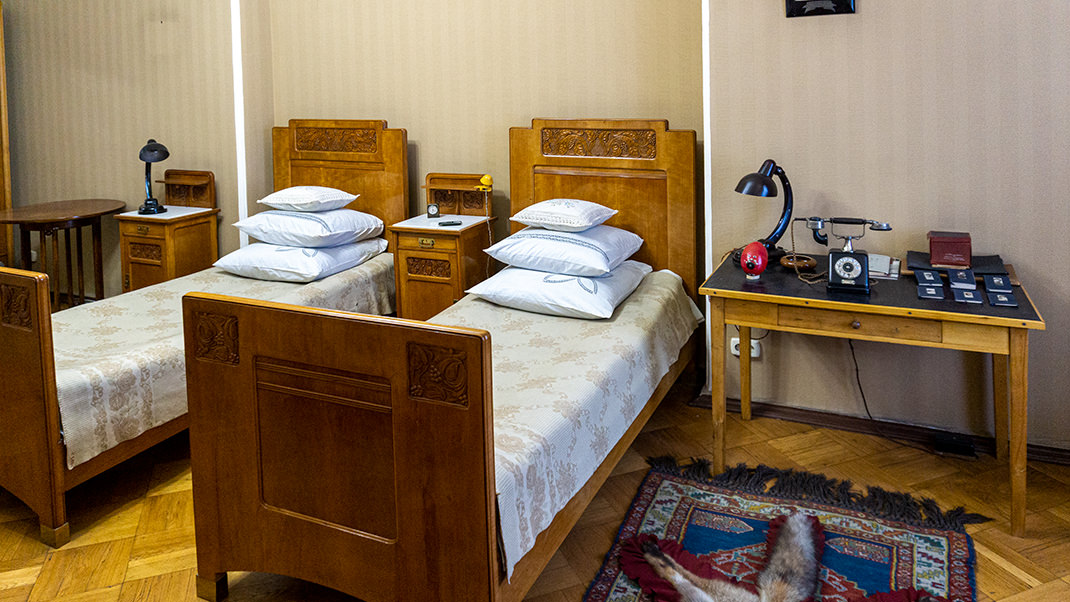
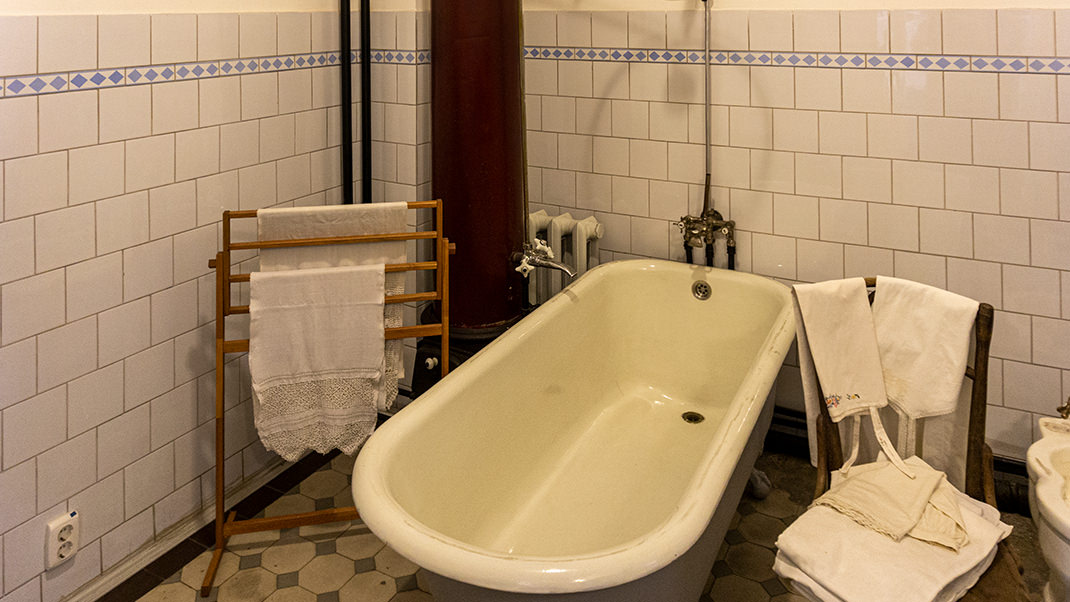

The apartment's decor deserves special mention. Since it was a service apartment, most of the furniture did not belong to Kirov. Some furnishings date back to pre-revolutionary times, requisitioned after 1917. The vast library is of particular interest; Kirov was an avid reader and also enjoyed music, owning a considerable collection of records. Visitors often notice the many stuffed animals and birds, all of which Kirov shot during hunting trips.
All the rooms in the apartment are aligned along one axis, with doorways creating a suite; for the convenience of residents and the discreetness of servants, each room has a second entrance.
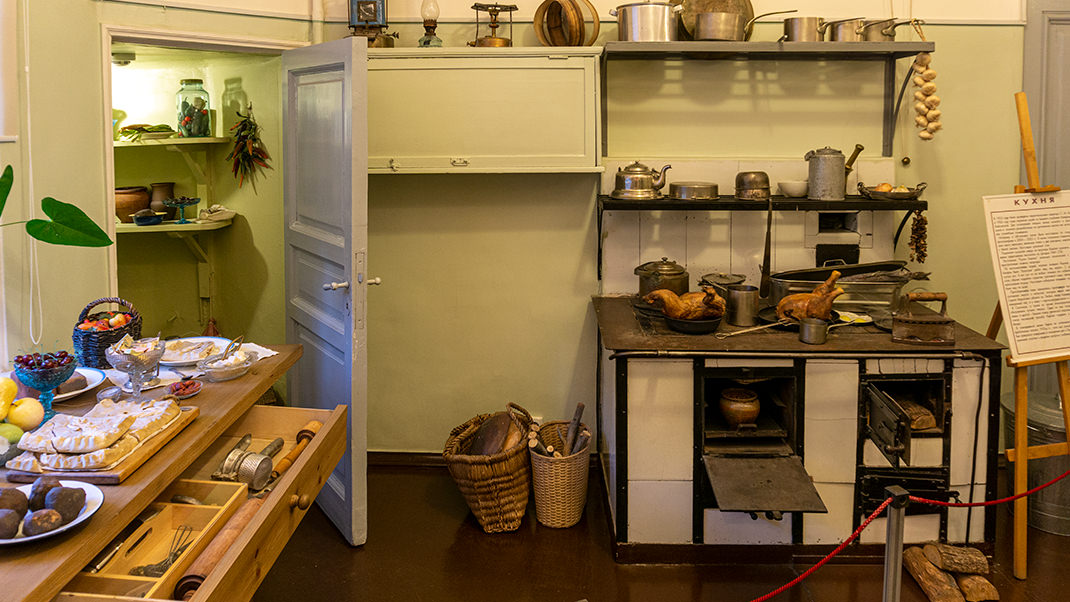
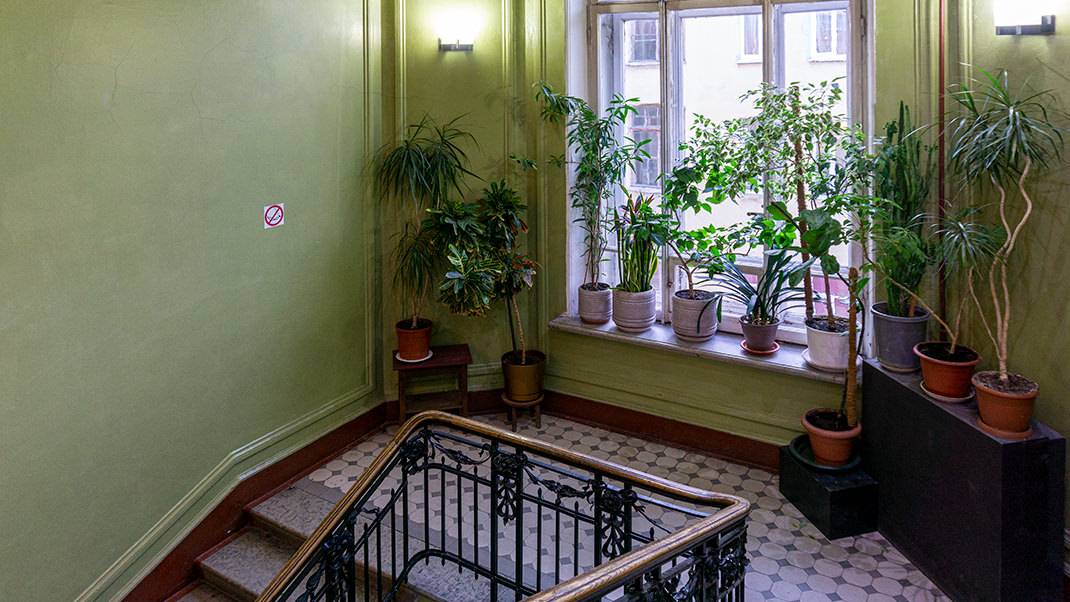
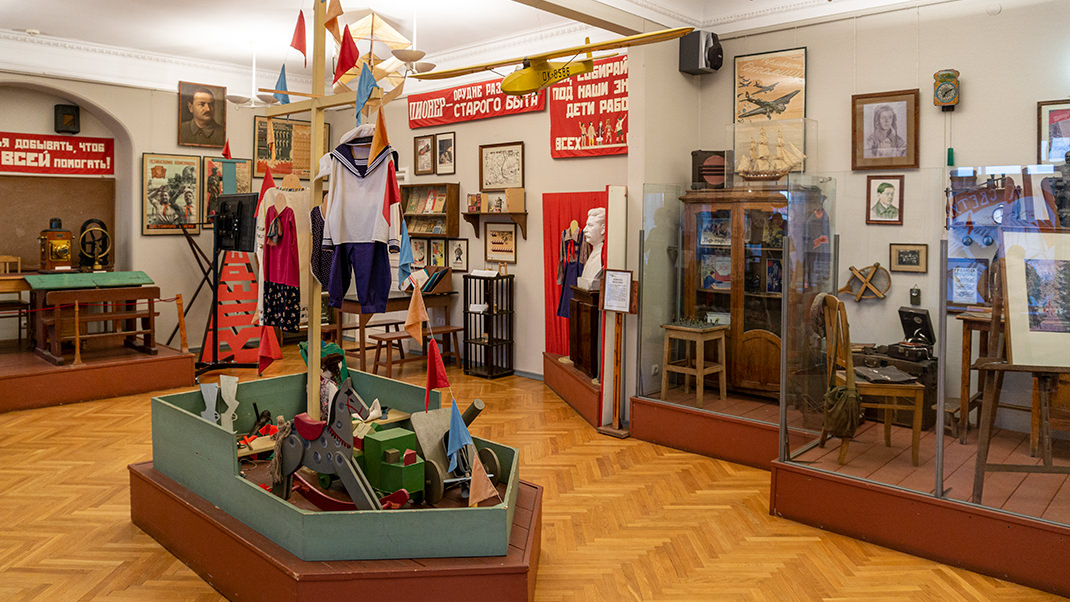
The auxiliary rooms are also noteworthy. The kitchen recreates the historical interior, featuring an icebox, a wood stove, and one of the first American-made refrigerator models. Adjacent is a servant's toilet, followed by a spacious bathroom for the owners, complete with an exquisite sink.
On the same floor as the memorial apartment, there are two additional exhibitions:
- An interactive exhibition titled "Let Them Teach Me," focusing on the most popular professions chosen by children in the 1920s and 1930s;
- The restored interior of S. M. Kirov's study from Smolny.
The museum's ticket office and the exhibition "For Our Happy Childhood..." are located on the 5th floor, showcasing the life and customs of Soviet children from the 1920s and 1930s, starting from birth. It vividly illustrates how future builders of communism were raised. I found it fascinating to learn about the scouting movement in imperial Russia and its transformation into the pioneer movement during the Soviet era.

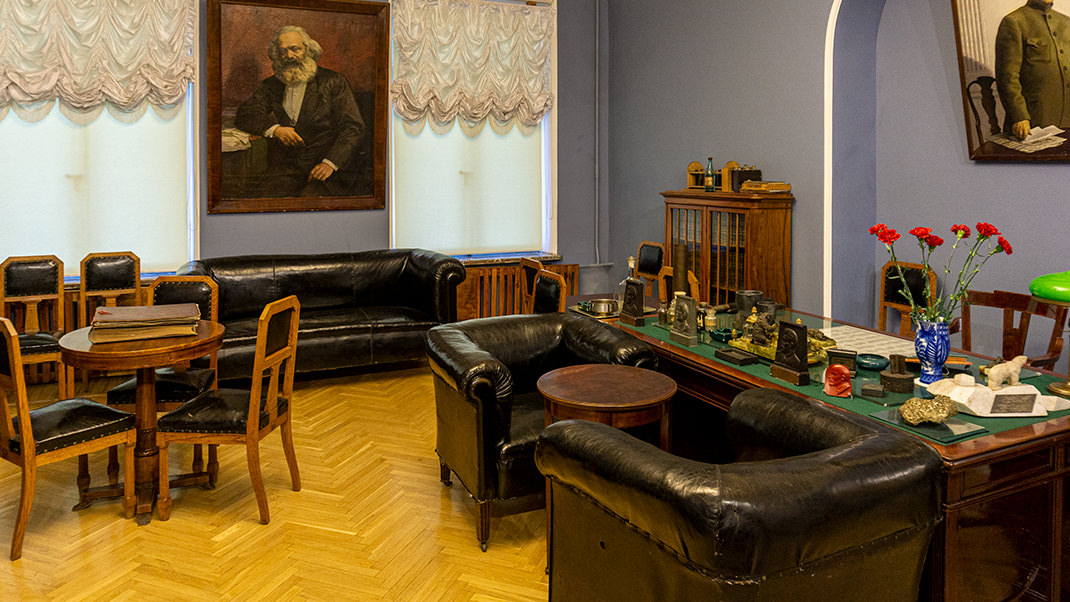
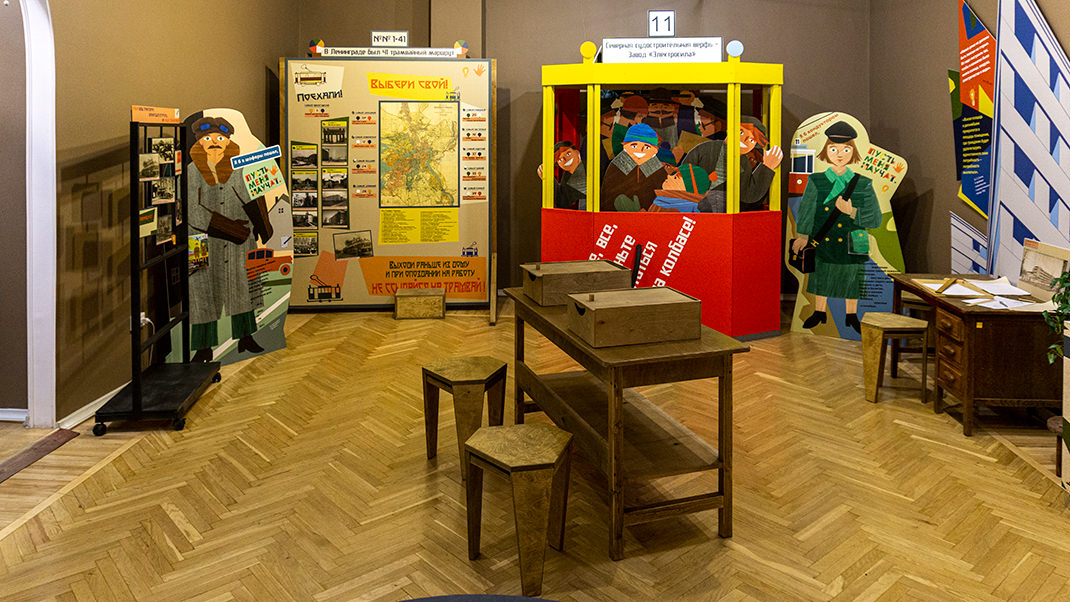
If you still have energy and time after visiting the museum, I recommend the walking tour "Secrets of the Old House" through the courtyards of the Benois House, where the museum is located. More details can be found here.
In summary:
- unusual museum exhibition,
- magnificent architecture of the Benois House,
- interesting historical information.


